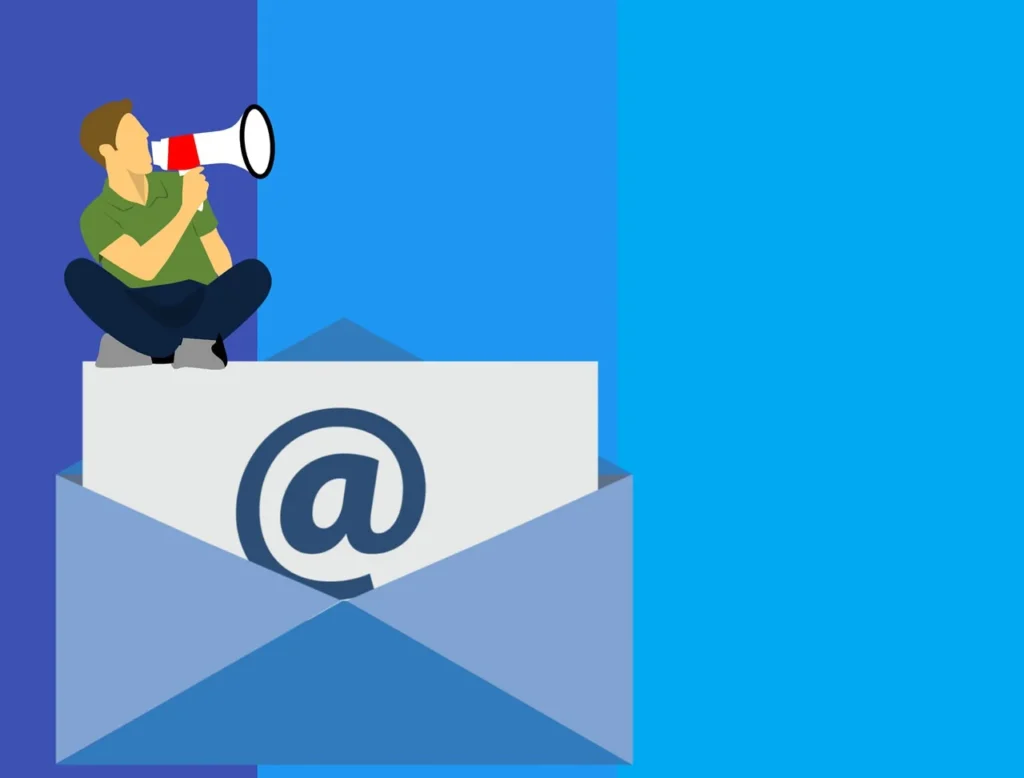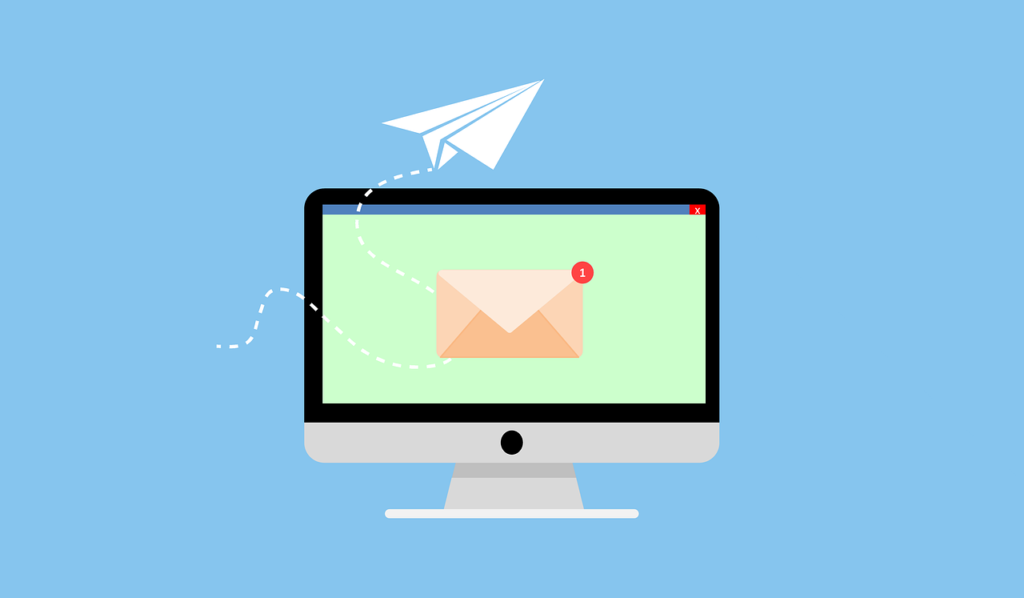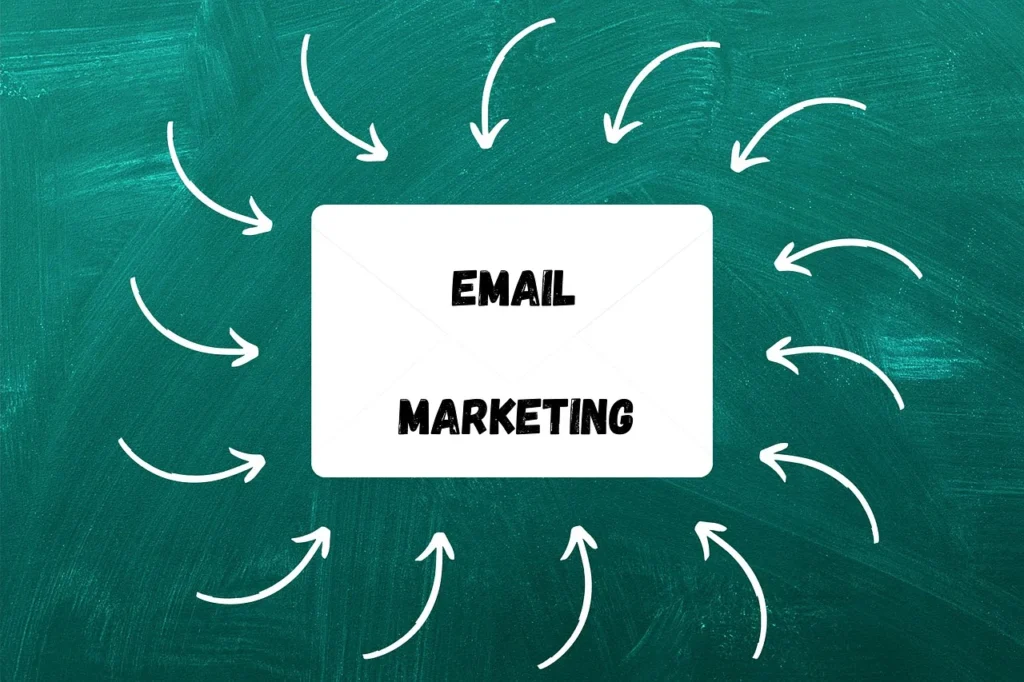Mastering Email Marketing Campaign: Build Your Customer

Creating an Effective Email Marketing Campaign: A Comprehensive Guide Email marketing remains one of the most powerful tools for engaging with your audience and driving conversions. Whether you’re a small business owner, a corporate marketer, or a content creator, an email marketing campaign can significantly enhance your outreach. However, to maximize the potential of email […]
How to Manage Email List: Build and Optimize Your Campaigns

A Complete Guide for Effective Email Marketing Managing an email list effectively is more than just collecting addresses—it’s about creating and nurturing a community of engaged subscribers who trust your brand. Whether you’re just starting out or refining your strategy, proper email list management is crucial for maximizing marketing efforts, improving open rates, and driving […]
Email Marketing Guide for Beginners

Email marketing remains one of the most powerful digital marketing strategies available today. Whether you’re a small business owner, an entrepreneur, or a marketing professional, a strong email marketing strategy can help you generate leads, build customer relationships, and increase conversions. If you’re new to this field, this email marketing guide for beginners will walk […]
Effective Email Marketing for Your Business (2025)

Introduction Email marketing is one of the most effective and rewarding strategies to connect with your audience, nurture relationships, and ultimately drive revenue. With every $1 spent on email marketing generating an average return of $40, it’s clear why this powerful tool is indispensable for businesses of all sizes. In this guide, we’ll walk you […]
Mastering Email Autoresponders for Business Growth
Introduction: Building an email list is essential for growing your online business, but simply having a list of subscribers is not enough. To truly maximize your email marketing potential, you need to engage with your audience immediately after they subscribe. This is where email autoresponders come in. Autoresponders are automated emails that are sent to your […]

